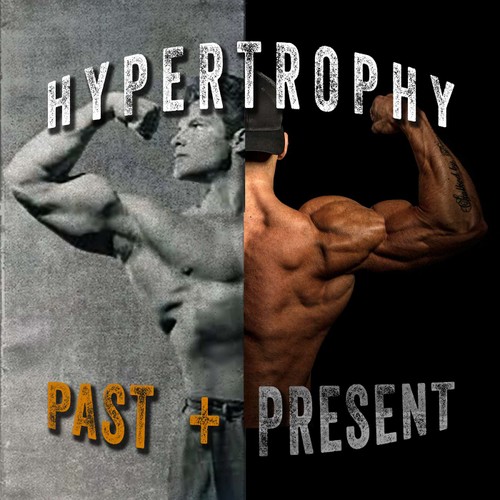
 Hypertrophy Past and Present
Hypertrophy Past and Present 010 Warming up - what does it really achieve?
18 snips
Jul 28, 2025 The discussion kicks off with a look at historic warm-up routines, particularly from the York Barbell plan, revealing their unexpected effectiveness. Insights into the physiological effects of warming up include temperature, post-activation potentiation, and injury prevention. The hosts challenge conventional wisdom, arguing that many common warm-up methods may not enhance hypertrophy. They advocate for tailored warm-up approaches and delve into the risks of over-warming up, sparking a refreshing perspective on optimizing workout preparation.
AI Snips
Chapters
Transcript
Episode notes
Muscle Temperature Boosts Speed Not Size
- Warming up increases muscle temperature which speeds up muscle cross-bridge formation.
- This benefits high-velocity and speed adaptations but doesn't enhance hypertrophy stimulus.
PAP and PAPE Enhance Performance Briefly
- Post-activation potentiation (PAP) and post-activation performance enhancement (PAPE) temporarily increase muscle force.
- PAP can be induced by a single fast, maximal effort rep and may boost strength and velocity.
Warm-Ups Reduce Injury Risk
- Increased muscle temperature reduces muscle strain injury risk by making muscles resist tearing.
- PAP and PAPE likely provide similar protective effects by boosting force capacity.
